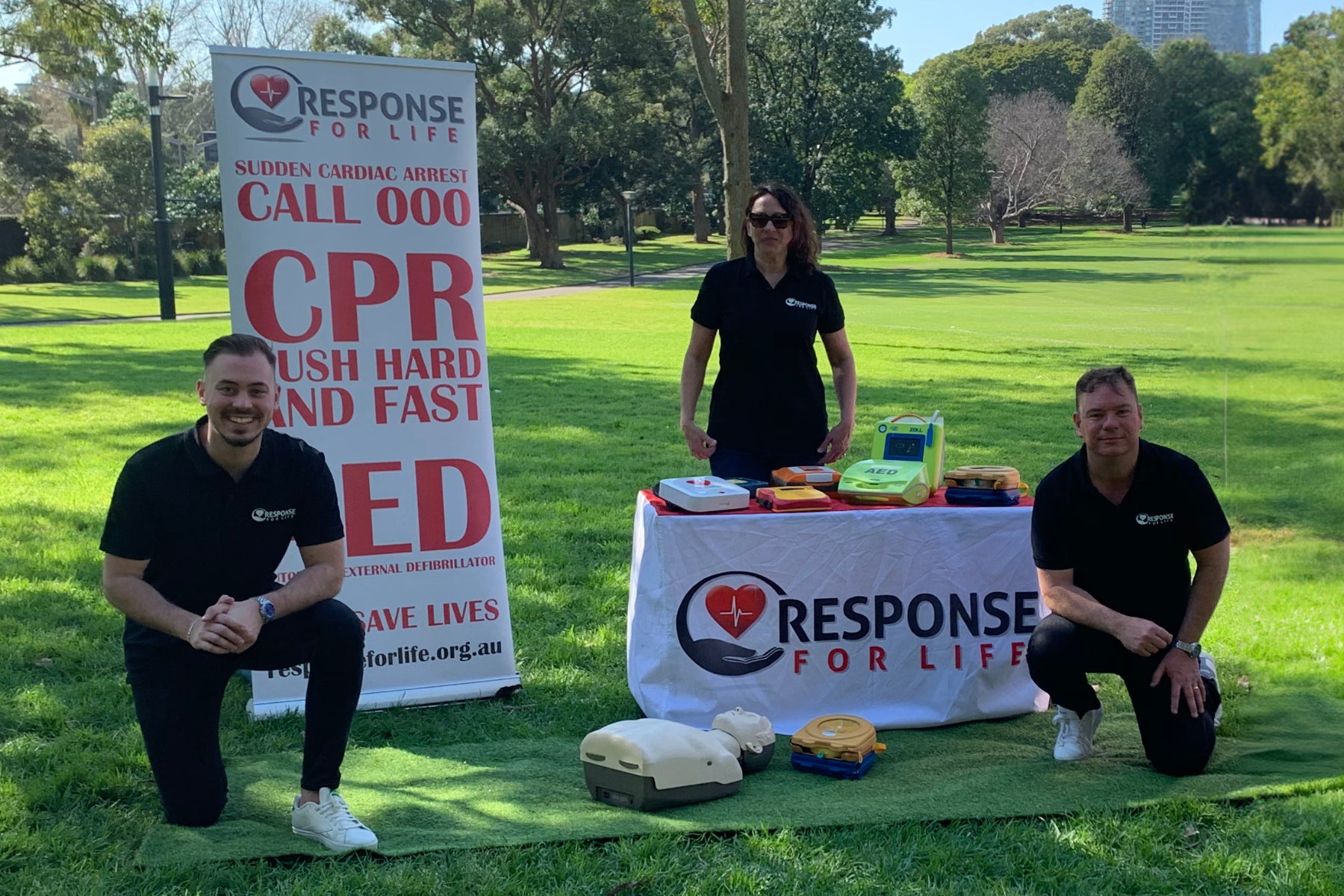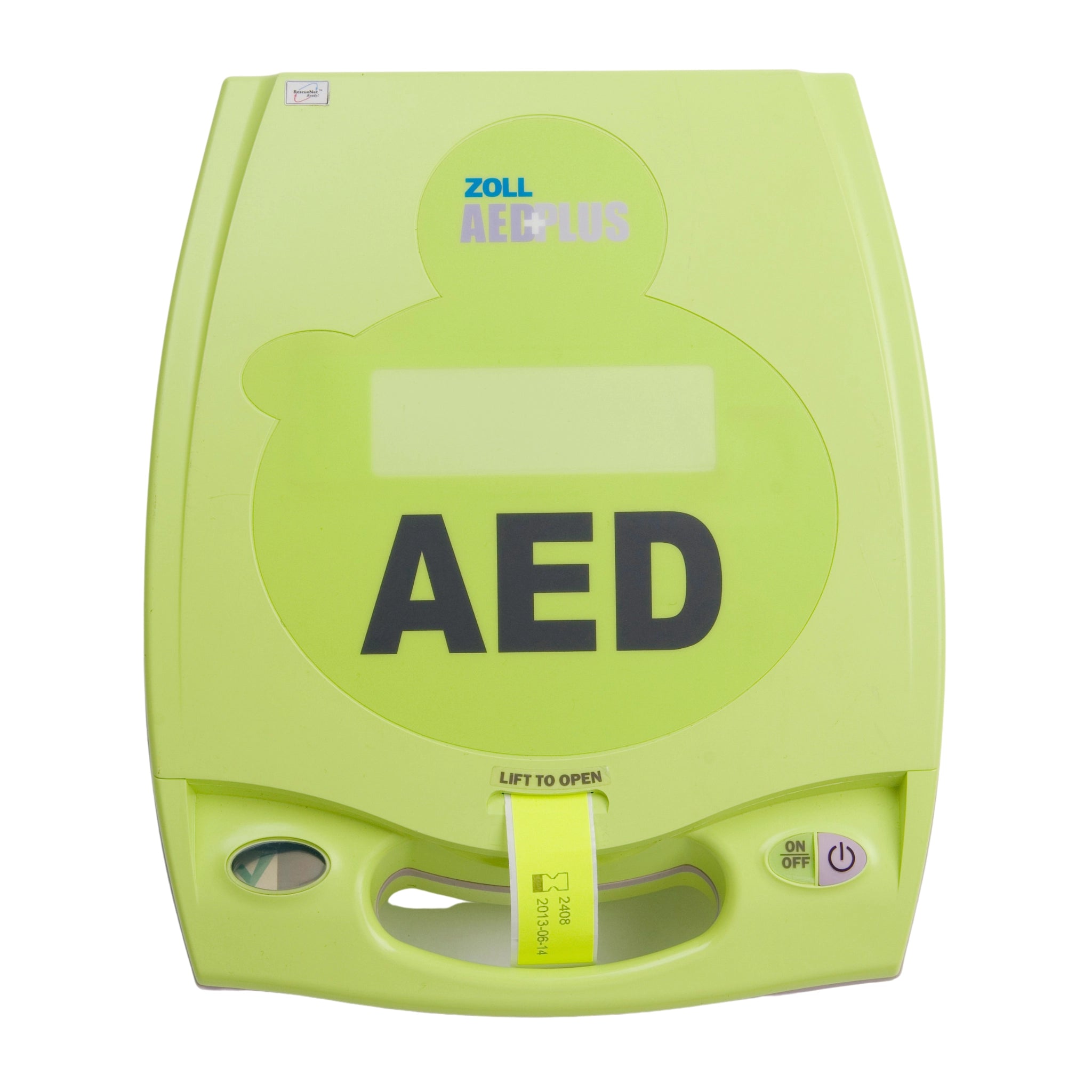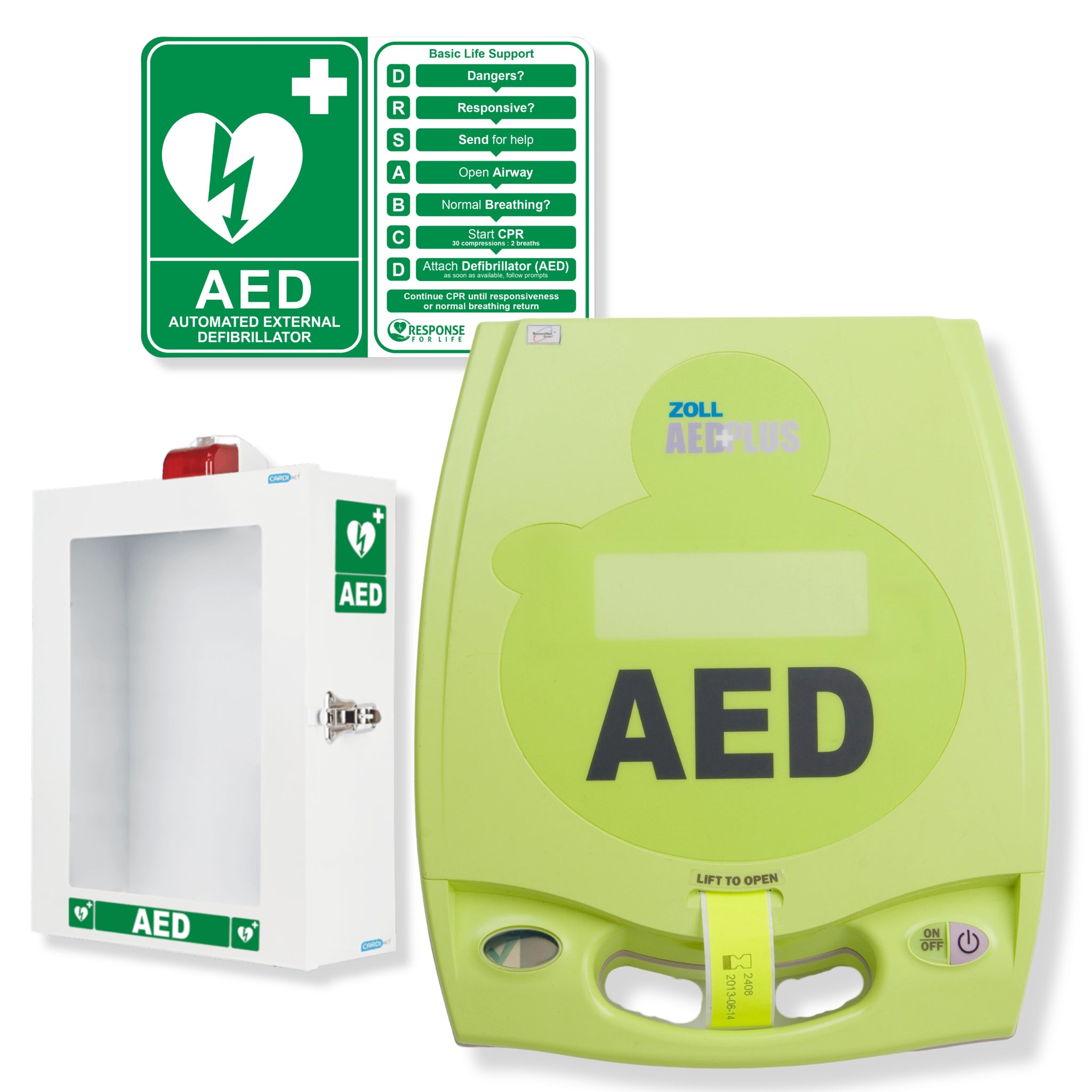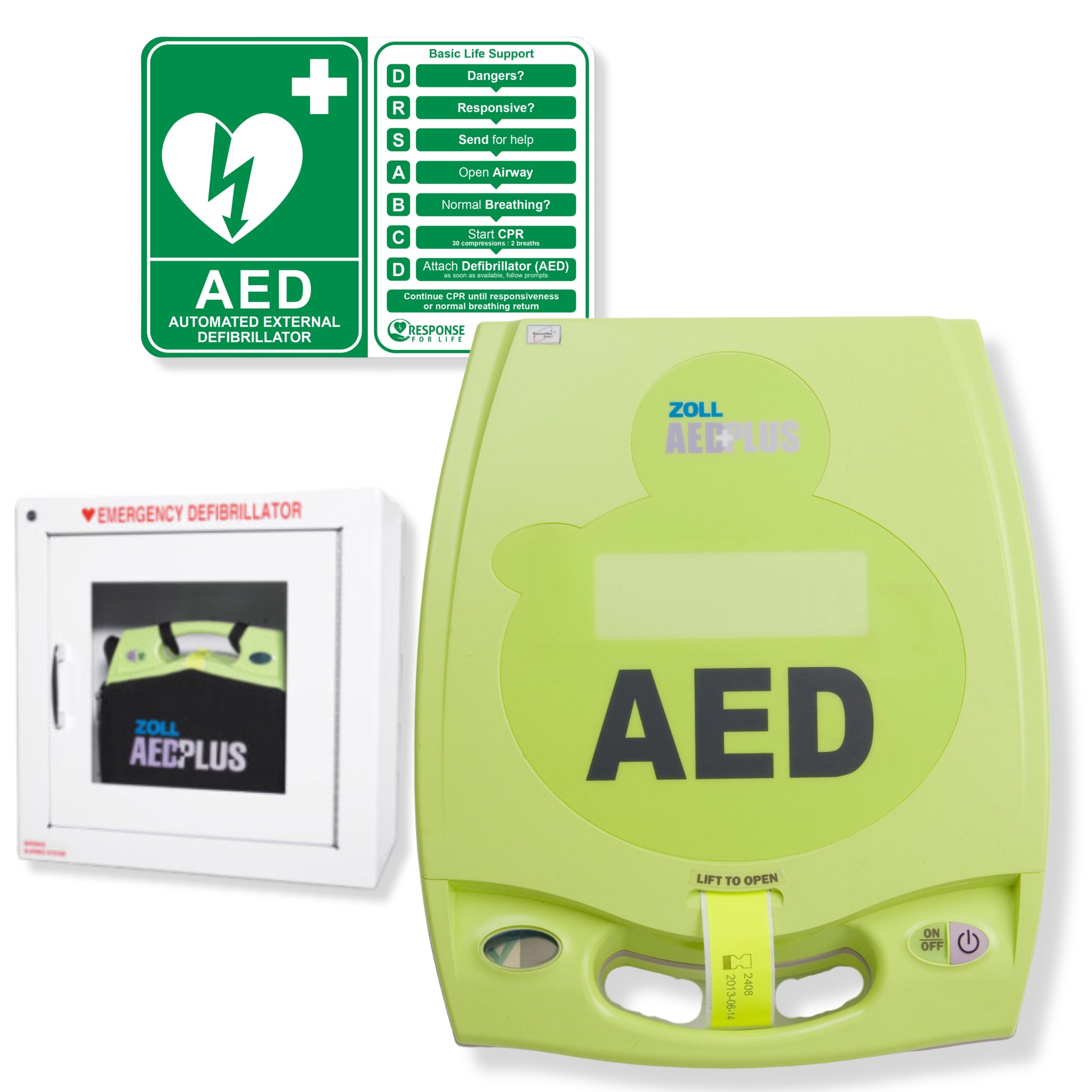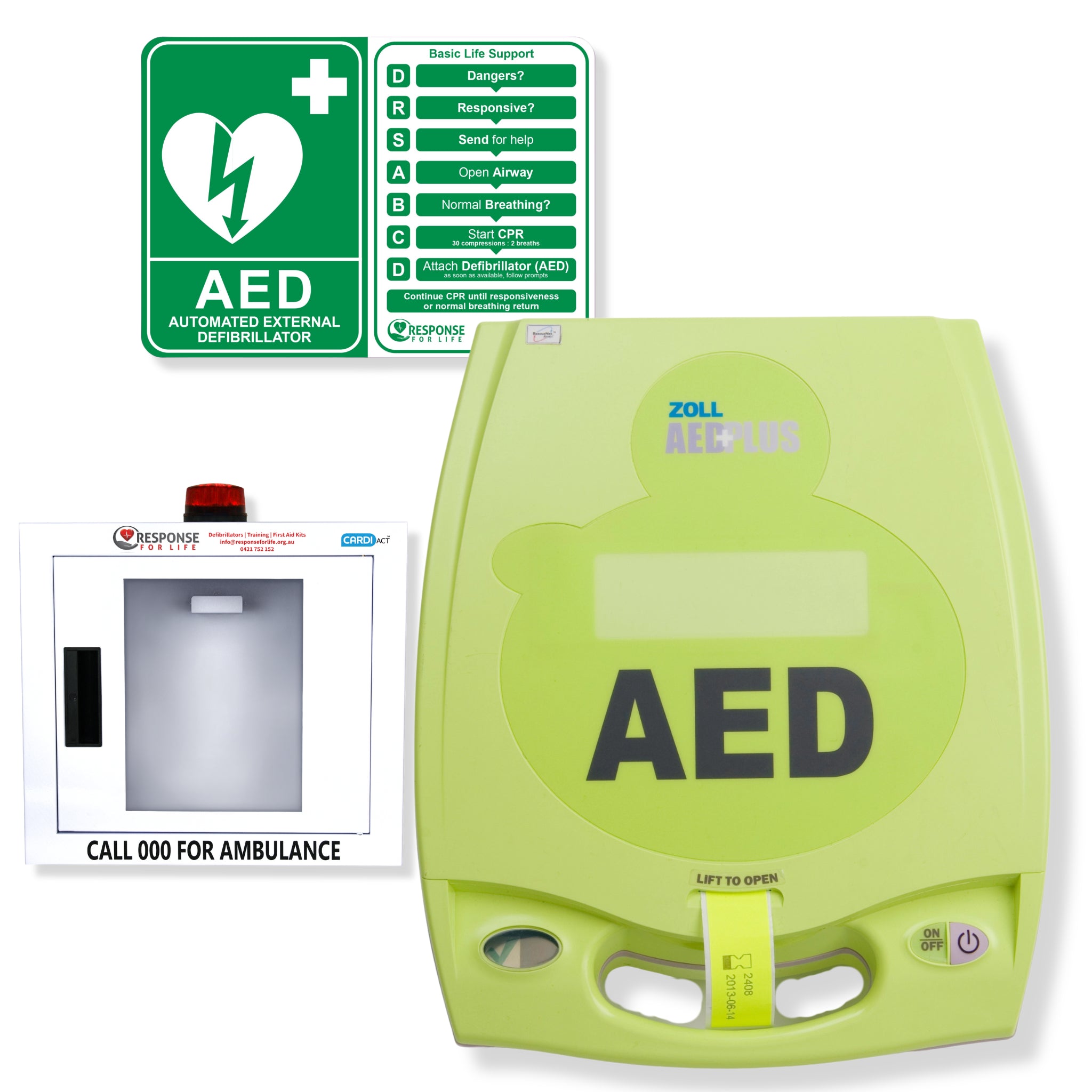Who must have a Defib?
Public access Defibs to save lives in Government and Non government buildings, facilities, vehicles and prescribed vehicles (trains, trams and public buses) must comply from 1 January 2026.
From gyms to universities, cinemas to shopping centres, if your premises is public, commercial or over 600m², you need to act now.
- Gyms & Fitness Centres, anywhere where there is physical exertion (incl. Martial arts, combat sports, yoga, pilates,)
- Primary & Secondary Schools, TAFEs, Colleges & Universities
- Retirement Villages & Aged Care Facilities
- Bars, Clubs, Cinemas theatres & Live Music Venues
- Caravan Parks & Holiday Premises
- Shopping Centres, Function Centres, Cafés
- Hotels & Motels (with 600m² or greater public area)
- Places of worship - Religious & Community Gathering Spaces
- Medical centres and clinics, including Rehab Centres
- Public vehicles - carrying over 14 people including the driver. (i.e private bus companies or stretch limo services).

Automated External Defibrillators (Public Access) Act and Regulations
The South Australian Government has legislated that specific venues and commercial premises must install Automated External Defibrillators (AEDs) by 01 Jan 2026. Failing to do so may result in fines up to $20,000. This regulation is about saving lives and being prepared.
For further information:
AED-defib (Public Access) Act 2022

WHAT YOU NEED
6 Areas of the Legislation
- AED Select your compliant Defibrillator Package through Response For Life.
- Installation Fixed or permanent location as per regulations.
- Signage Must display as per regulations.
- Registration Must be on SAAS as per regulations.
- Maintenance AED is checked regularly for working order and ready to save a life. Proof of compliance.
- Training Non-certified and certified training provided as per legislation requirements. Support provided to ensure compliance and assistance where needed.
Why choose Response For Life?
A trusted AED Supplier and life-saving solutions for 15 years.
We provide a simple, time-saving and stress-free solution for all your Automated External Defibrillator (AED) needs. As a trusted supplier for South Australia, we ensure you stay compliant with the latest AED (Public Access) Act and regulations. From approved AED selection, installation, registration, maintenance compliance and ongoing support, we’re here for you.
SALE ENDS IN
LIMITED TIME OFFERS
EOFY Defib Bundle Sales
Frequently Asked Questions
These FAQs are directly from SA Health.
What is an AED?
AEDs are portable electronic medical devices which monitor heart rhythms and deliver assisted electrical shock (‘defibrillation’) to counteract sudden cardiac arrest.
AEDs can be used by anyone and require no training. When you call Triple Zero (000) in a cardiac emergency, an Emergency Medical Dispatch team will direct you a nearby AED if available through the steps to use the AED until a crew arrives.
Why do we need AEDs?
When someone suffers a cardiac arrest, they collapse and can stop breathing normally. The heart is no longer efficiently pumping blood to vital organs in the body. This is where the community can make an extraordinary difference.
For every minute that we delay defibrillation, the chances of the person surviving a cardiac arrest decreases by 10%. The early use of a defibrillator by members of the public can significantly increase a person’s chances of survival.
Who will ensure implementation of the requirements of the Act?
An Across Government Steering Committee (the Committee) has been established to oversee the implementation of the requirements of the Act. The Committee comprises of across government representation, one private organisation, and two non-government organisations to ensure a collaborative approach to achieving the deliverables in accordance with the Act requirements.
The role and function of the Committee is to provide:
- high-level governance and collaborative approach to the implementation of the Act; and
- recommendations to government on how best to approach the implementation of the Act that meets the timelines and intent of the Act whilst streamlining the application to relevant buildings, facilities and vehicles.
When do AEDs need to be installed by?
Buildings, facilities and emergency service vehicles owned by the Crown must comply from 1 January 2025.
Non-Crown owned buildings, facilities, vehicles and prescribed vehicles (trains, trams and public buses) must comply from 1 January 2026.
The obligation to ensure compliance with the Act applies to the relevant building, facility or vehicle owner as defined in the Act.
What support is available to purchase and install AEDs?
Preventive Health SA is providing grant funding of $1,000 to assist not-for-profit community and sporting organisations with the purchase of an AED, if they meet certain eligibility criteria.
To stay up to date on future grant rounds, visit the Preventive Health SA website.
How can I register an AED?
The Act requires all AEDs installed in accordance with the Act to be registered on the South Australian AED Register within two weeks of installation. AEDs can be registered on the SA Ambulance Service website. When registering your AED you must record:
- The location of the AED; and
- The time during which the AED is accessible by the public.
If your AED is registered and you need to change its location and/ or times during which it is accessible, you must update the information recorded in the AED Register within two weeks of the change.
When someone calls Triple Zero (000) for a cardiac emergency, SAAS can use the register to advise them of the nearest AED.
How can I check if my AED is registered?
The AED Register Checker lists publicly accessible AEDs that are registered on the South Australian AED register.
This is presented in PDF format which can be searched by using the search field in your PDF viewer or right-clicking to show the ‘find’ option. Search on your exact address or your suburb/town.
Where can I buy an AED or first aid equipment for my premises?
AEDs and other related first aid items can be purchased from organisations that sell first aid, office or medical supplies. AEDs installed in for the purposes of the Act must be Therapeutic Goods Administration (TGA) approved. In addition to being TGA approved, it is recommended that AEDs meet the ANZCOR (Australian and New Zealand Committee on Resuscitation) Guidelines (Guideline 11.2 – Section 2.4).
An AED should be equipped with:
- two sets of defibrillation pads
- shears
- a razor.
Your AED needs to be durable enough to withstand the environment it is to be placed in. So, consider the environment in which you are likely to use it. Most AED’s will have an International Protection (IP) rating indicating the AED’s ability to withstand dust, water, extremes of temperature or mechanical impact.
Ideally, an AED should be capable of being used on both adults and children. Some AEDs use a child “key” or different defibrillation electrode pads for children under 8 years of age.
AEDs that provide visual cues and verbal instructions on how to perform CPR and early defibrillation are particularly beneficial and reassuring to non-medically trained users.
Do I need signage for our premises?
If an AED is installed inside a prescribed building or facility, the owner of the building or facility must install a sign indicating that an Automated External Defibrillator is nearby, both:
- near to the Automated External Defibrillator; and
- outside, and near to an entrance of, the building or facility,
Your AED may come with signage you can use. You can also choose to download and print signage:
Avoid Penalties & Be Compliant by 01 Jan 2026.
Ensure your public and commercial buildings and facilities meet the new South Australia AED Public Access Act and Regulations before the deadline.
Get in touchDon’t wait — get your compliant AED package today
Contact Us

